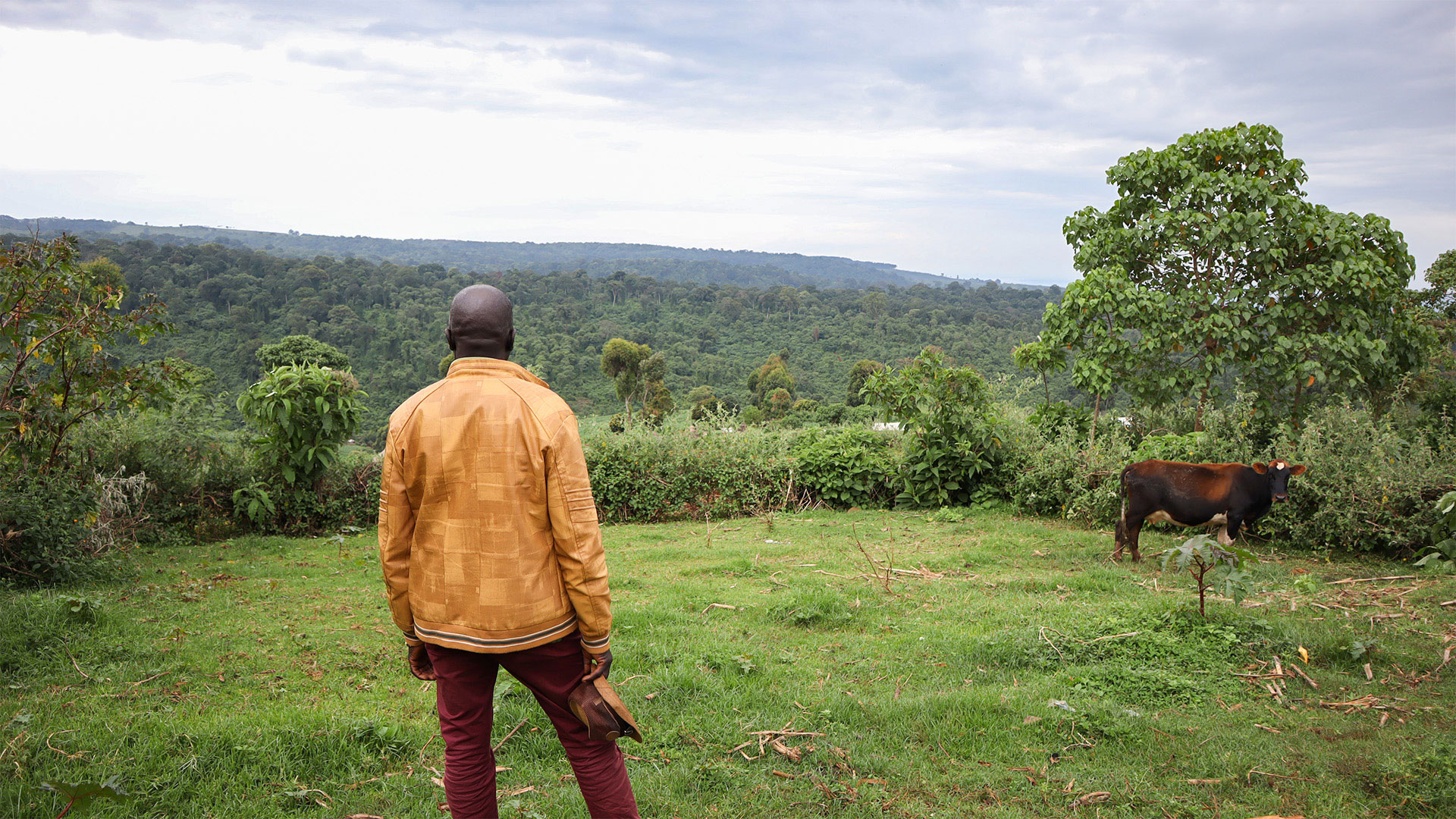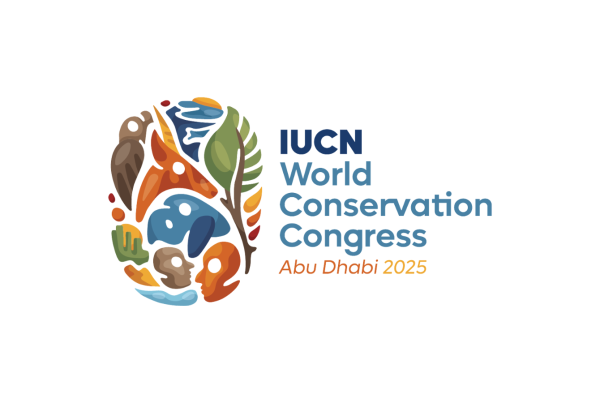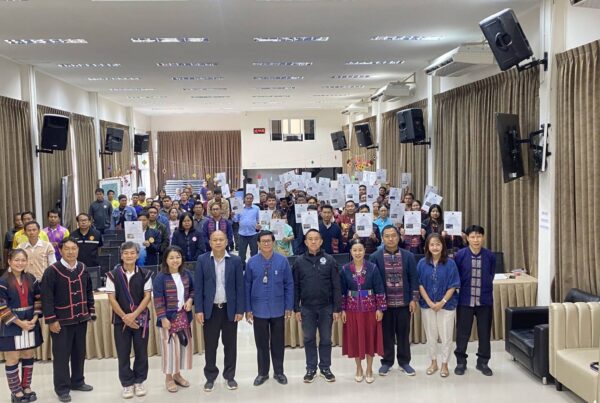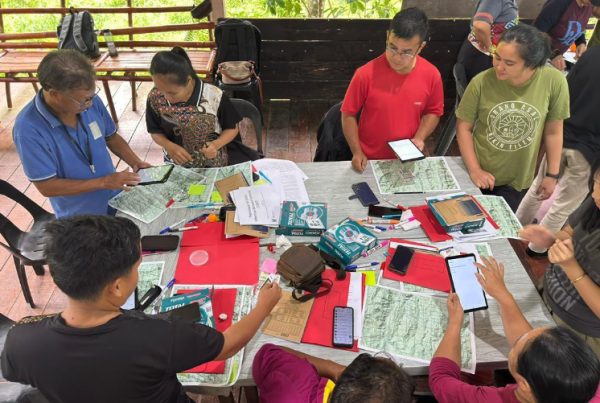Mt. Elgon forest has continued to suffer degradation despite efforts to protect its resources by different actors. Charcoal burning, uncontrolled harvesting of bamboos and other forest products are key drivers of deforestation.
Government’s approach to conservation using the Plantation Establishment and Livelihood Improvement scheme (PELIS) popularly known as “Shamba System” has been abused by the beneficiaries, and instead of increasing forest cover as intended, more land that was not under plantations is being opened up for cultivation.
Community members were assigned a piece of land for them to grow crops alongside trees. To date, there is controversy on the effectiveness of this approach in promoting conservation.
Forest conservation requires joint efforts between conservation actors and forest communities.
The community’s approach
Indigenous communities have demonstrated through their livelihood activities and sustainable use of natural resources indeed promote conservation. For instance, the Ogiek of Chepkitale, formalized their commitment to conservation by documenting and enforcing community bylaws (https://chepkitale.org/bylaws) in 2013. These bylaws prohibit poaching, charcoal burning, deforestation and construction of permanent houses among other rules. The Chepkitale Ogiek Governing Council enforces these laws, showcasing the community’s dedication to upholding their traditional ecological knowledge while ensuring the forest’s well-being.
The best practices from the above community can be emulated and forest adjacent communities can do the same so that conservation is done jointly.
The key to long term biodiversity conservation lies in identification of community strategies that have proved to work and building on them. Prof. Nyamasyo, while carrying out a training on indigenous knowledge in Chepkitale said, “There is enough traditional knowledge among this community for them to conserve their forest. We should look for ways of bridging indigenous knowledge and science so that both work in harmony”. It is clear that once communities take charge and own the process of conservation, loss of biodiversity can be averted.
Expectations from Transformative Pathways project
Forest communities embrace initiatives that are aimed at conservation of their natural resources. With the introduction of Transformative Pathways project, the community living inside the forest (Chepkitale) and those around the forest (Trans Nzoia, Chepyuk, Kapsokwony) are hopeful that the project will have a positive impact. Those in Chepkitale are glad that conservation efforts will be strengthened the forest will be conserved and those adjacent expect to benefit from livelihood activities relieving the reliance on the forest.
Type: Article
Region: Africa
Country: Kenya
Theme: Community-led conservation; Sustainable livelihoods; Traditional and local knowledge.
Partner: Chepkitale Indigenous People Development Project (CIPDP)
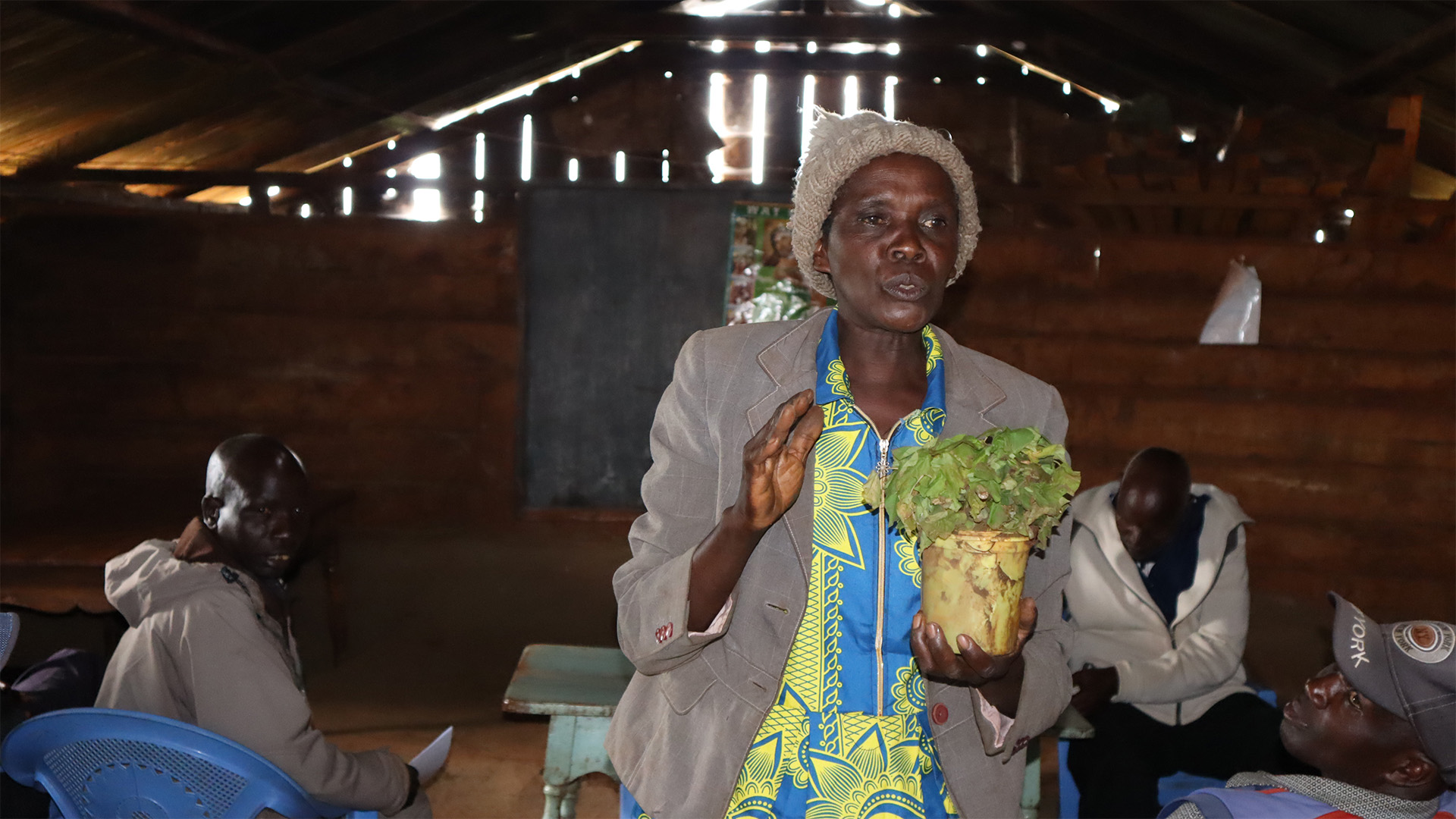
Everline Temko, a community member talks about her passion for indigenous trees during a Transformative Pathways workshop. She has been collecting and planting indigenous tree species on her own for a long time.
Participants from forest adjacent communities are ready to work with other stakeholders in conservation and regret to why they never took actions in the past to protect the forest. Leaving forest protection to government agencies alone is not enough to guarantee conservation. There is need for restoration initiatives and efforts to guard the forest as custodians, while getting benefits from forest resources.
Key stakeholders such as the Kenya Wildlife Service (KWS) and Kenya Forest Service (KFS) envision a harmonious working relationship aimed at preserving Mt. Elgon ecosystem.
